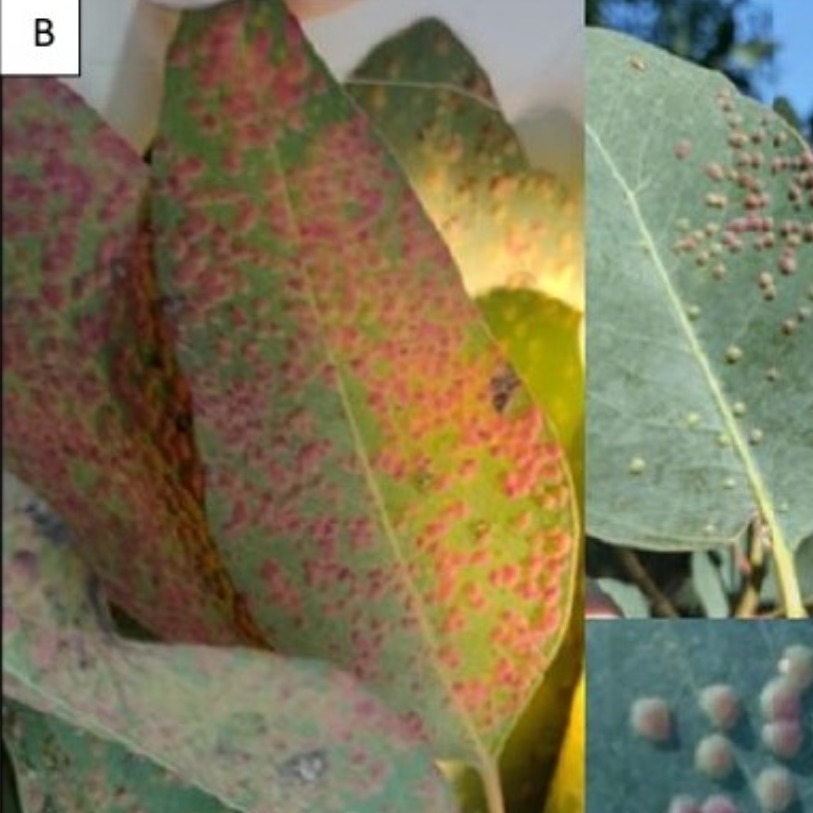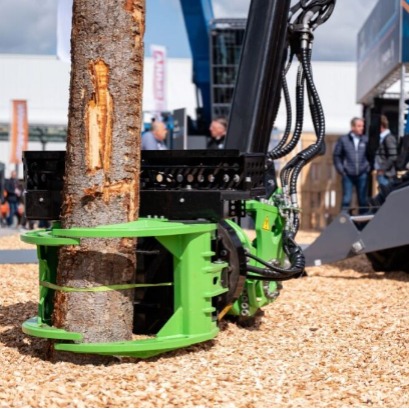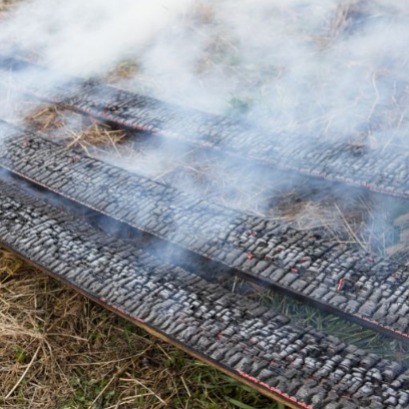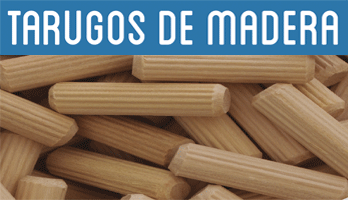
Forest pests | Study undoneing damage to the stubstant of the leaves of the eucalyptus and their associated parasitoids
Rocío Buyatti, Carmen M. Hernández, Lucas Candás and Silvia López of the National Institute of Agricultural Technology (INTA), Center for Research in Veterinary and Agronomic Sciences (Cicvya), Institute of Microbiology and Agricultural Zoology (IMYZA) of Hurlingham, Province of Good AIRES, share the results of studies that carry out for the identification and management of the pest. There are numerous species of insects, associated with eucalyptus, which are originally from Australia, and that invaded the rest of the world transforming into important pests. Among them are defoliators and stirring insects
In this article we will focus on the species of the genus Ophelimus inducing guts in eucalyptus. But what are the guts? They are anomalous structures that are developed in the tissues or organs of plants in response to the presence of certain inducing insects. Morphological and physiological both in plant tissues. Inducting insects find in the guts shelter and food. , parasitoid (which parasitate and develop at the expense of other insects) and hyperparasitoids (which parasitate the parasitoids). Actually, the group of ecology and biological control of pests of the imyza (INTA Castelar) is studying the wasps of the genus Ophelimus that They induce guts on the leaves of eucalyptus. In Argentina, at least two species of this genus have been identified. Studies are being carried out to evaluate aspects of the biology and ecology of these pest species, relevant for identification and management. The species Ophelimus maskelli is one of the most studied worldwide. In intense attacks, eucalyptus leaves are densely covered with guts and trees can have serious levels of discarding and premature fall of leaves. In 2013, the presence of O. Maskelli was reported together with its biocontroller, the closterocerus chamaeleon parasitoid in Eucalyptus camaldulensis. It has not yet been identified at the specific level, so we call it OPHELIMUS SP.I 1 mm). Likewise, the guts produced by both species differ in their external morphology which allows them to be recognized in the field. Airs, with the aim of identifying the species of the genus Ophelimus, their biocontrollers and determining their abundances.These activities are framed in a doctoral scholarship granted by CONICET to Ms. Rocío Buyatti, under the direction of Dr. Silvia López and co -direction of Dr. Carmen Hernández.
IT MAY INTEREST YOU
 Unusual finding: a pine forest in excellent condition emerges after 6,000 years buried under the ice
Unusual finding: a pine forest in excellent condition emerges after 6,000 years buried under the ice
In the world there are millions of forests. Some are close to urban centers, others in remote and inaccessible places, but they all fulfill a key role: maintain the balance of the planet. They are literally the lung of the earth. When talking about a new forest, the first thing that comes to mind is usually reforestation, a recent plantation or the recovery of an area razed by fire. But this discovery is on another way. It is not a forest sown recently. It is an old forest, which was there for thousands of years, buried under the ice. And now, with the thaw caused by global warming, he has emerged again.
 Germany | The forest industry guides Ligna 2025 visitors for new paths towards greater efficiency of resources
Germany | The forest industry guides Ligna 2025 visitors for new paths towards greater efficiency of resources
Wood supply as raw material is essential for the world carpentry industry and wood processing, which will meet in Ligna 2025 in Hannover from May 26 to 30. As a reflection of this, the Forest Section of the world leading fair will show all aspects of the optimized methods for the use of wood. Modern -scale modern forest machinery, mobile sawmills, smart logistics and safe transport - such as technical pioneers in the use of wood as material and energy - will be the protagonists, together with the crucial efforts to preserve forests as a sustainable source of raw materials for future generations and prepare them for the challenges of the future.
 Burned wood: the Japanese technique that beautifies and protects the material
Burned wood: the Japanese technique that beautifies and protects the material
Elegant, ecological and resistant: the wood treated with the millenary technique called Yakisugi challenges the weather and the passage of time. In the world of design and construction, a Japanese ancestral technique is gaining prominence. This is the Yakisugi (also known as Shou Sugi Ban), a method that consists in burning the surface of the wood to make it more resistant and attractive. Although it may seem contradictory, exposing wood to fire gives natural protection against moisture, insects and deterioration over time.





















